This is a companion piece to Work in progress - Oil and Cold Wax.
There’s something endlessly fascinating about how oil paint and cold wax medium interact, that slow-drying body, the way light sits inside the surface, and the unpredictable interest of solvent diffusion. In my own recent work I’ve been experimenting with spraying solvent into wet layers, letting the medium bloom and erode like weathered stone. I wanted to look at other artists who share that fascination with layered matter painters who coax the surface to reveal time, texture, and transformation.
Rebecca Crowell
Rebecca Crowell is one of the pioneers of contemporary cold-wax painting. Her surfaces are built through dozens of layered applications, scraped back and re-applied, creating the patina of geological time. Crowell often dissolves passages with solvent, revealing ghost traces beneath the surface a method that resonates strongly with my own interest in the dialogue between control and accident.
Her book Cold Wax Medium: Techniques, Concepts & Conversations (with Jerry McLaughlin) remains the definitive guide to this medium.
Jerry McLaughlin
Jerry McLaughlin treats painting almost as geology building strata, embedding ash, and then excavating them through scraping and solvent. His work sits between minimalism and raw materialism, finding quiet lyricism in eroded surfaces. I’m drawn to how he treats every mark as an archaeological event, revealing history through physical process.
Pamela Beer
Pamela Beer approaches oil and cold wax through rhythm and transparency. Using brayers, squeegees, and solvent softened layers, she achieves luminous veils of colour that hover between landscape and abstraction. There’s a fluidity in her surfaces that parallels what happens when solvent sprays meet semi-set wax edges dissolve, light spreads, and colour breathes.
Ryan Wallace
Ryan Wallace moves beyond painting into hybrid terrains of collage, resin, and wax. His pieces feel like fragments of weathered walls or eroded industrial surfaces layered, distressed, and full of quiet entropy. Though his process is different, the spirit is familiar, letting chemical and material forces collaborate with intention.
Robert Janitz
Robert Janitz brings an idiosyncratic twist to oil and wax. Mixing flour into the medium, he creates matte, skin-like surfaces that record the sweep of his brush. His repetitive gestures feel meditative a ritual of coating, veiling, and obscuring. While he doesn’t use solvent in the same way, his material curiosity and restraint speak to the same love of surface that drives many cold wax painters.
→ https://en.wikipedia.org/wiki/Robert_Janitz
Rosa Lee
Rosa Lee’s work often merges oil, wax, and sprayed pigment through stencils, creating layered, lace like veils. Her surfaces hold both delicacy and density — traces of the domestic made monumental. Her willingness to use spray and wax together feels like an early echo of the solvent techniques now gaining new momentum in contemporary abstraction.
Closing Thoughts
The beauty of cold wax lies in its unpredictability, it records not just what we add, but what we remove. Each solvent spray, each scrape, becomes a record of change a conversation between intention and accident that keeps the painting alive long after it’s dry.
See also: Work in progress - Oil and Cold Wax
Graeme Webb©️2025

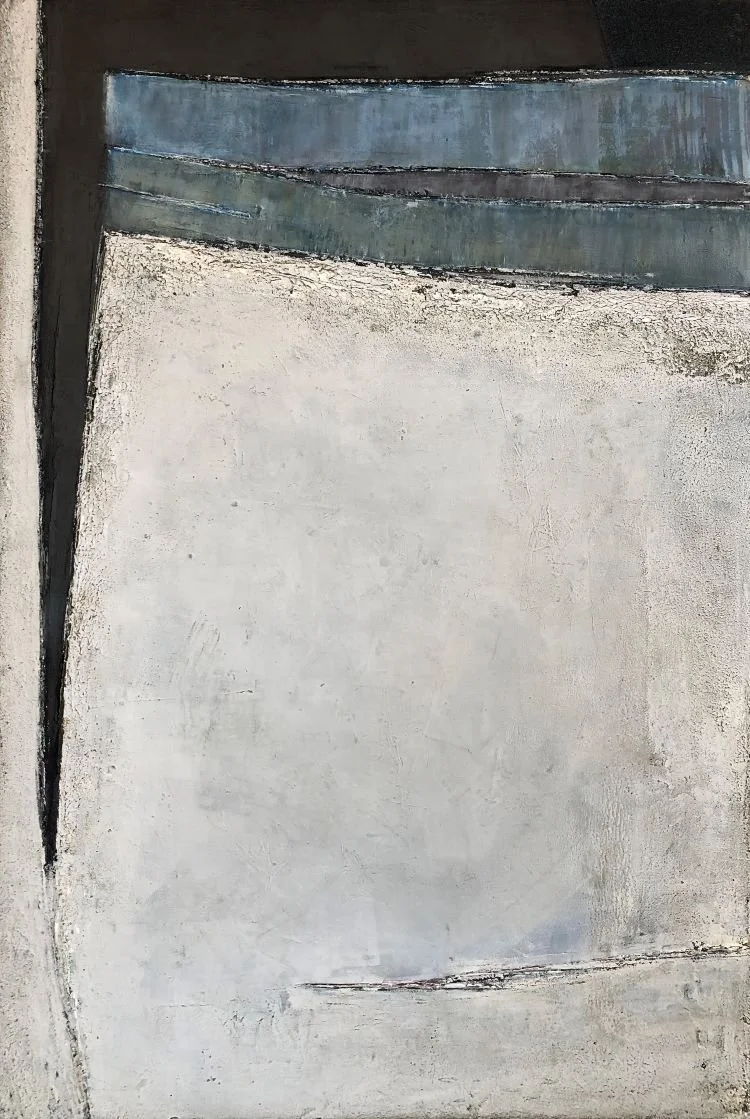
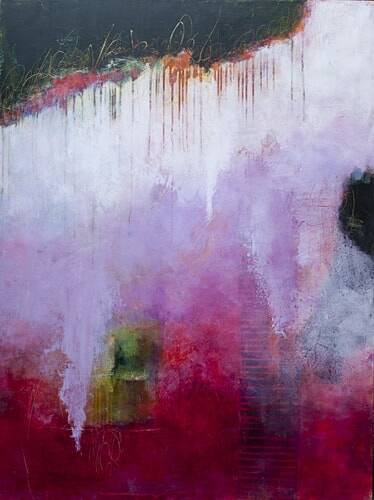
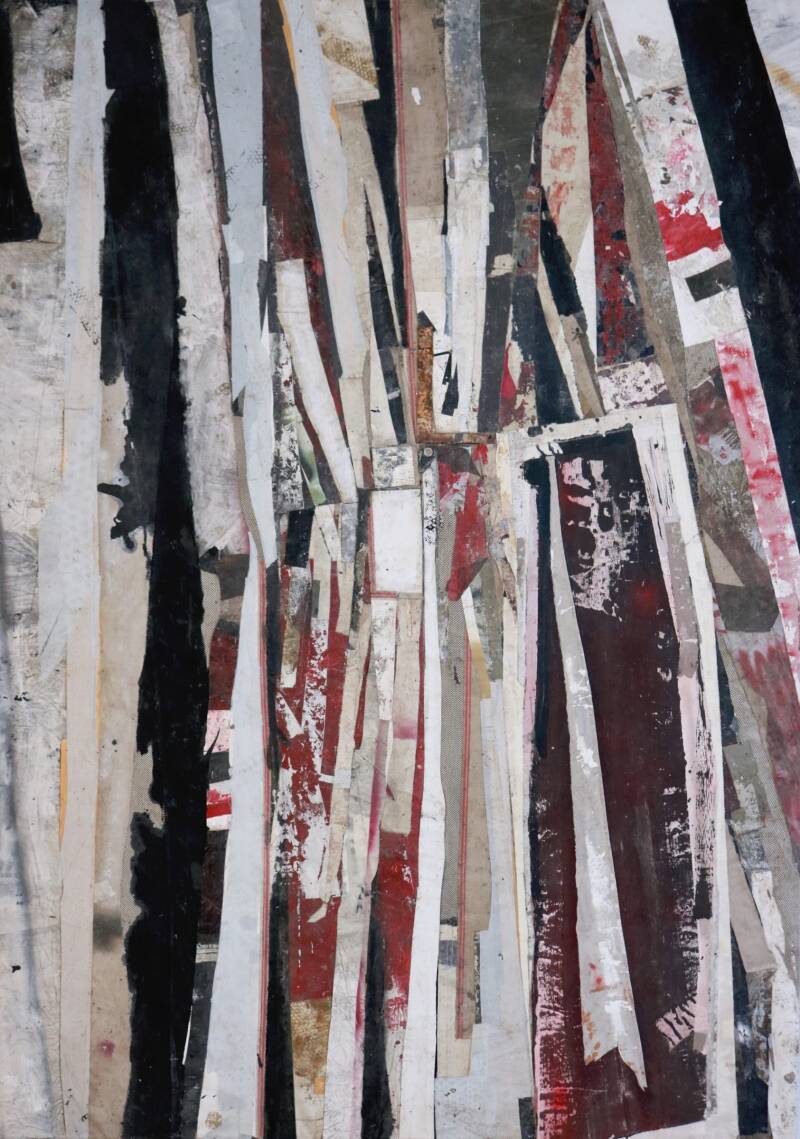
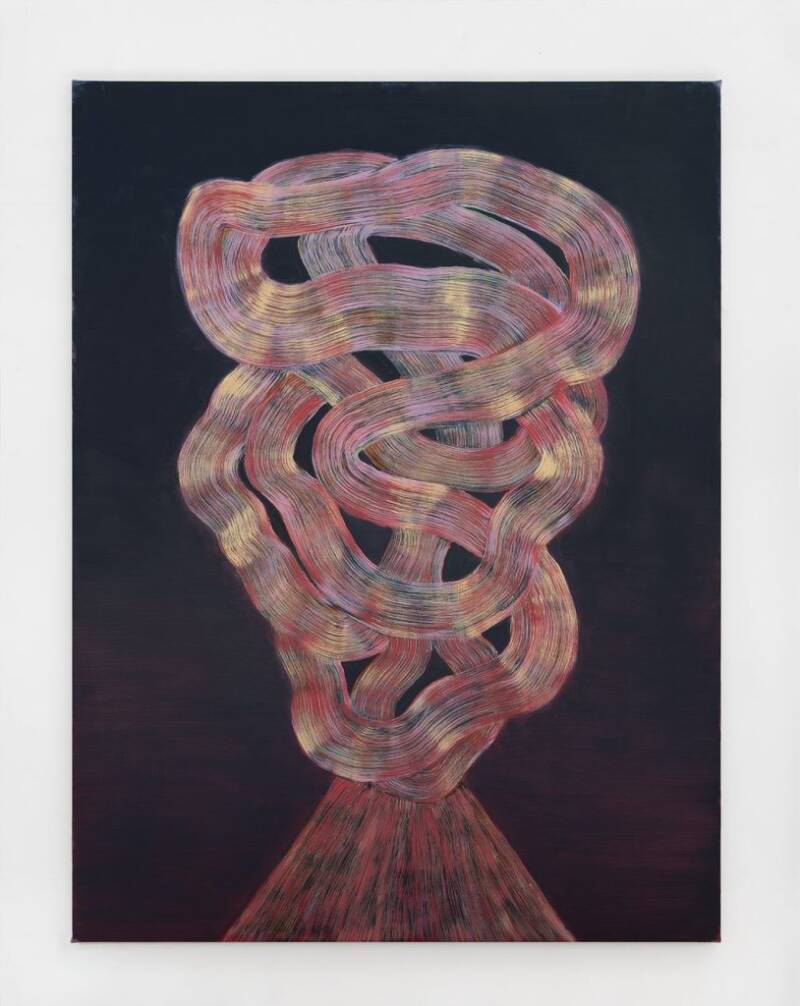
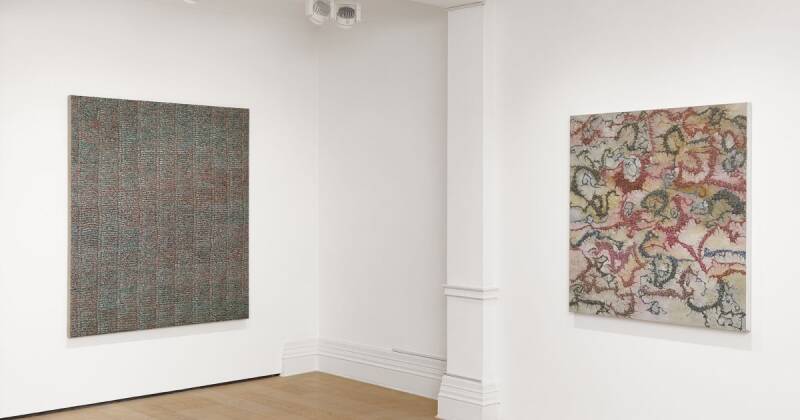
Add comment
Comments
Wonderful insight into those whose skills and techniques have influenced and possibly shaped your talents in this field